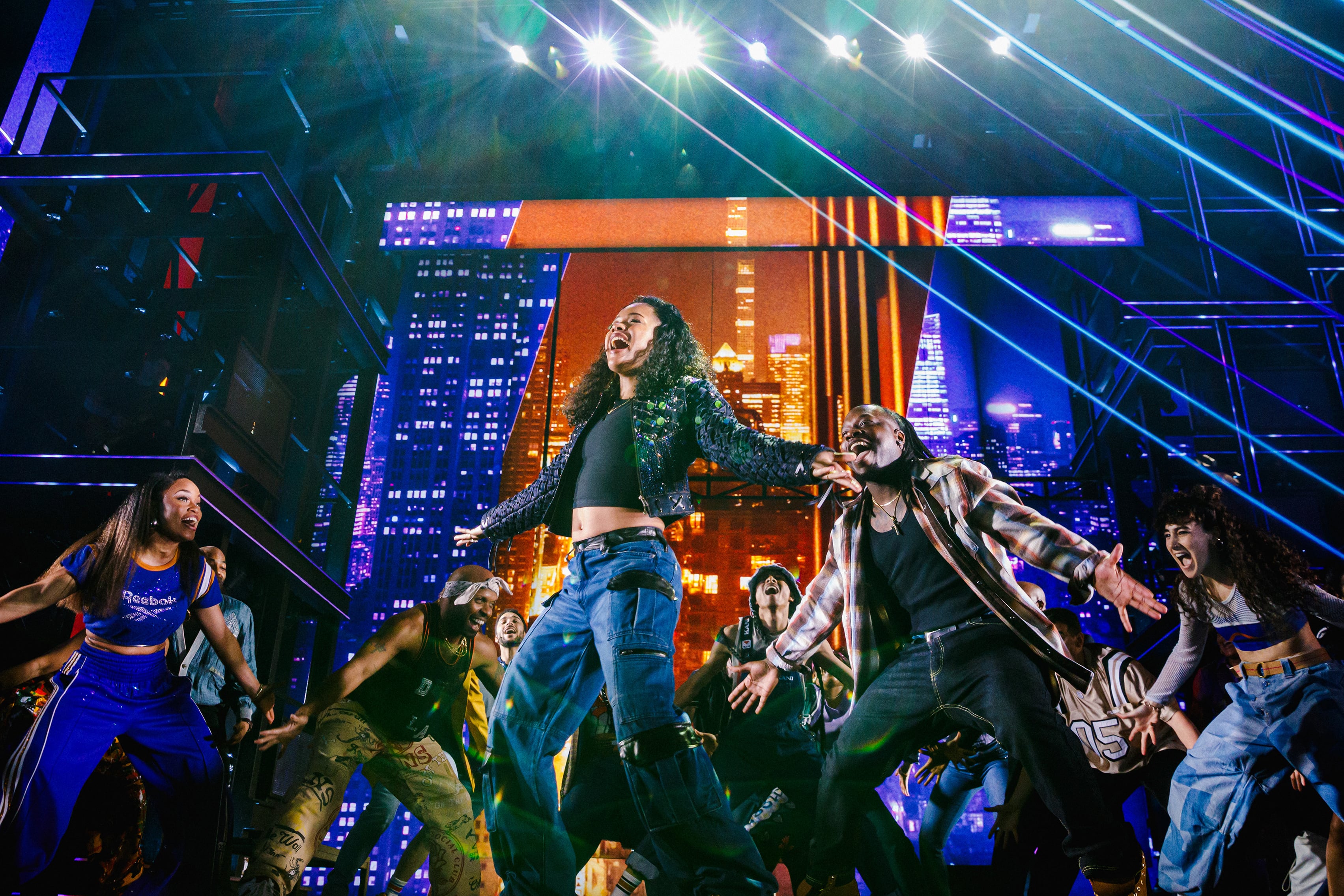Sign up for Chalkbeat New York’s free daily newsletter to get essential news about NYC’s public schools delivered to your inbox.
How can the next generation of New Yorkers become lifelong theatergoers in a city where the average price of a Broadway ticket costs well over $100?
TDF, the nonprofit that offers steep discounts to Broadway shows and other live performances, has one solution: It’s offering a free membership as a “graduation gift” to all New York City high school seniors from public schools, including charters, the nonprofit announced Thursday.
The free one-year TDF membership will give soon-to-be grads access to hundreds of theater, dance, and music shows at up to 70% off, bringing ticket prices down to $11 - $60. (Members can get up to nine discounted tickets per show.)
“We talk a lot here about belonging, and reframing the conversation from bringing young people to the theater, and instead talking about introducing them to their birthright: Everyone should feel like they belong in our performing arts spaces,” said Deeksha Gaur, executive director of TDF.
The application for the free membership is live and will remain open until the end of the summer. Seniors must have a student ID, known as an OSIS number, to fill out the online application. School principals are expected to send their students in the Class of 2025 more information about the program, TDF officials said.
Roughly 2,200 graduates, or roughly 4% of the Class of 2024, took advantage of the membership when it launched last year, according to TDF, which aims to diversify performing arts audiences by removing financial, physical, and other barriers to participation.
(TDF membership typically costs $42 a year, and is only available to select groups, including teachers, nonprofit workers, and union members.)
The organization has other programs related to accessibility and education, including shows that are open-captioned, audio described, and ASL-interpreted, as well as autism-friendly ones. TDF also runs programs that serve between 10,000-12,000 New York City public school students each year, connecting students to artists, introducing them to the performance world through theater, dance, and playwriting workshops, and bringing them to live shows.
“We hear from our teachers, the theater-outing days are where truancy is at its lowest and students are really excited to come into school because many of them haven’t even been to Times Square or Midtown Manhattan before,” Gaur said. “The conversations last for a long time afterwards.”
Theatergoers have gotten somewhat more diverse in terms of racial demographics, according to an analysis of the 2022-23 Broadway season conducted by the Broadway League, which represents theater producers and owners. Roughly 29% of audience members identified as people of color, which was the highest percentage since the League began keeping track nearly 20 years ago.
In terms of age, roughly 11% of theatergoers that season were under the age of 18, while about 12% were between the ages of 18-24. The report noted that kids and teens were the least representative age groups in audiences compared to their numbers in the wider population, but that barriers such as cost, late show hours, or inappropriate content might play a role.
“We know in New York so many of our colleagues and partners do amazing work in the education space, but we noticed when you’re between 18 and 25, you’re sort of forgotten about in terms of who’s serving that group of people before they fully enter the workforce,” Gaur said.
Arts education saw a boost in many places when state used federal COVID relief dollars to expand such programs as a way to address mental health, but not only have those dollars dried up, President-elect Donald Trump will likely put arts education cuts high on his to-do list, Heddy Lahmann, professor of international education at New York University, wrote in a recent op-ed.
She warned against that, citing her research into how art education not only helps mental health but also might contribute to more peaceful societies.
“The arts connect us to our own humanity and to the humanity of others, providing opportunities to complicate notions of ‘us’ versus ‘them,’” she wrote.
Kids who participate in arts education see other tangible benefits, she said, including higher engagement with school and increased likelihood of earning a four-year college degree.
The threat of cuts, Gaur said, makes the work TDF does by providing free programs to schools “all the more important.”
“We’re going to look at ways to deepen that work,” Gaur said. “We know how helpful art can be both to escape but also to process what’s happening in the world right now.”
Amy Zimmer is the bureau chief for Chalkbeat New York. Contact Amy at azimmer@chalkbeat.org.






